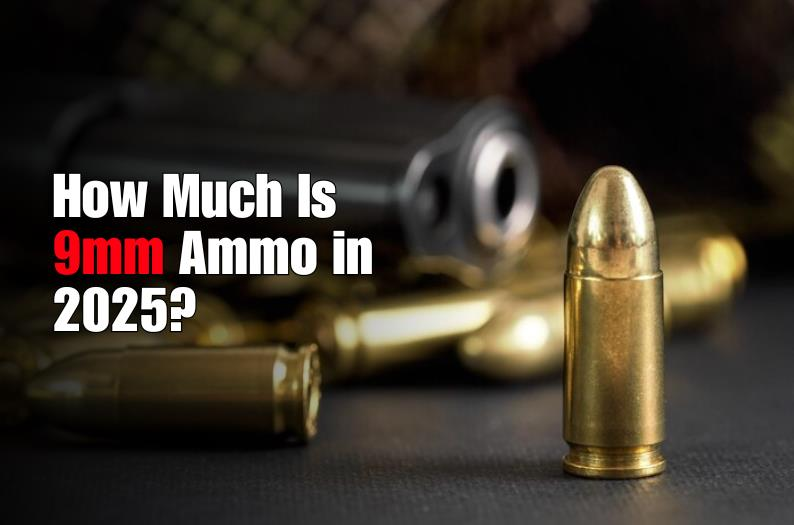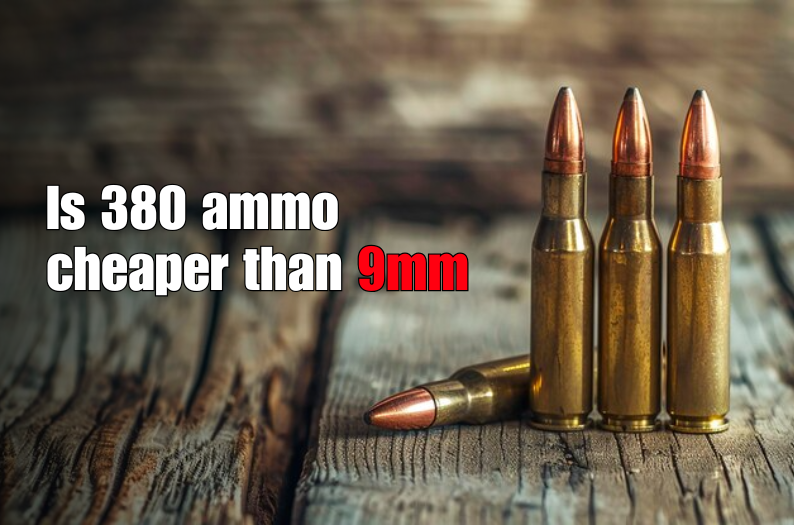Gunpowder, a pivotal invention in the history of warfare and technology, has shaped civilizations and altered the course of history. This article explores the origins of gunpowder, tracing its historical context, development, and eventual spread across continents. We will also examine modern advancements in gunpowder technology and its current applications as of 2024.
Historical Context
Early Beginnings
The invention of gunpowder is often attributed to ancient Chinese alchemists who were searching for an elixir of immortality. The combination of saltpeter (potassium nitrate), sulfur, and charcoal led to the accidental discovery of gunpowder.
- Ancient China: The earliest references to gunpowder can be found in Chinese texts dating back to the 9th century. The "Wujing Zongyao," a military treatise written in 1044, describes the use of gunpowder in warfare. The invention was initially intended for use in fireworks and religious ceremonies before being adapted for military purposes.
The Spread of Gunpowder
As the knowledge of gunpowder spread along trade routes, it began to reach other parts of the world, significantly influencing military technology.
- India and the Middle East: By the 12th century, gunpowder technology had made its way to India and the Middle East. Islamic scholars expanded on Chinese knowledge, documenting its use in military applications. The development of cannon technology in the Middle East, particularly during the Crusades, highlighted gunpowder's military potential.
- Europe: Gunpowder arrived in Europe by the late 13th century. The first recorded use of gunpowder in Europe was during the siege of Seville in 1248. By the 14th century, gunpowder weapons such as cannons and handheld firearms began to emerge, drastically changing the nature of warfare.
The Composition of Gunpowder
Gunpowder, also known as black powder, is a chemical mixture composed of three primary ingredients:
1. Saltpeter (Potassium Nitrate)
Saltpeter serves as the oxidizing agent in gunpowder, providing the necessary oxygen for combustion. It is found naturally in various regions and was harvested for use in gunpowder production.
2. Charcoal
Charcoal acts as the fuel in the gunpowder mixture. It is created by burning wood in low oxygen environments, a process that removes water and volatile compounds, leaving behind carbon-rich material.
3. Sulfur
Sulfur enhances the combustion rate of gunpowder and helps produce the characteristic black powder. It lowers the ignition temperature and increases the overall effectiveness of the mixture.
The Perfect Ratio
The typical ratio for traditional gunpowder is approximately 75% saltpeter, 15% charcoal, and 10% sulfur. This combination produces a highly efficient explosive that can be utilized in various applications.
The Evolution of Gunpowder Weapons
Early Gunpowder Weapons
Gunpowder’s introduction to warfare marked a significant turning point. The earliest applications included:
- Cannons: By the late 14th century, cannons became a common sight on European battlefields. These large artillery pieces could launch explosive projectiles, fundamentally altering siege warfare.
- Handheld Firearms: The 15th century saw the advent of handheld firearms, such as arquebuses and matchlock guns. These early firearms used gunpowder to propel lead balls, making them formidable weapons in the hands of trained soldiers.
The Renaissance and Beyond
As gunpowder technology evolved, so did the design and effectiveness of firearms:
- Flintlock Mechanism: In the 17th century, the flintlock mechanism replaced matchlocks, allowing for faster ignition and increased reliability. This innovation made firearms more accessible and popular among soldiers.
- Rifling: The introduction of rifling in the 18th century significantly improved the accuracy of firearms. Grooves inside the barrel allowed bullets to spin, stabilizing their flight and enhancing long-range performance.
The Industrial Revolution
The 19th century witnessed a surge in advancements in gunpowder technology:
- Smokeless Powder: The development of smokeless powder in the late 19th century marked a significant milestone. Unlike traditional black powder, smokeless powder produced minimal smoke, allowing for better visibility on the battlefield. This innovation led to the creation of more efficient and powerful firearms.
- Machine Guns: The advent of machine guns during World War I demonstrated the devastating potential of gunpowder-powered weapons. The rapid-fire capabilities of these guns changed the dynamics of warfare, contributing to the scale of destruction seen in modern conflicts.
Modern Gunpowder Applications
As of 2024, gunpowder continues to play a role in various industries beyond military applications:
1. Fireworks
Gunpowder remains a key ingredient in the production of fireworks, providing the necessary propulsion and explosive effects for dazzling displays during celebrations worldwide.
2. Mining and Demolition
In the mining industry, gunpowder is utilized for blasting rock and other materials. Controlled explosions enable the efficient extraction of minerals, making it an essential tool in mining operations.
3. Sporting and Hunting
Firearms powered by gunpowder remain popular for hunting and shooting sports. Modern ammunition incorporates advancements in gunpowder technology, enhancing performance, accuracy, and safety.
4. Research and Development
Research continues into improving gunpowder formulations, focusing on safety, environmental impact, and performance. The development of greener alternatives to traditional gunpowder is an area of active investigation.
Conclusion
The invention of gunpowder represents a significant chapter in human history, reshaping warfare, technology, and society. From its origins in ancient China to its widespread use in modern applications, gunpowder has been a catalyst for change. As we move forward into the future, advancements in gunpowder technology will undoubtedly continue to evolve, influencing both military and civilian sectors.
- #advancements in gunpowder
- #ancient China
- #black powder
- #firearms history
- #fireworks
- #gunpowder
- #gunpowder chemistry
- #gunpowder weapons
- #history of gunpowder
- #military history
- #military technology
- #mining explosives
- #modern gunpowder applications
- #Renaissance firearms
- #smokeless powder
- #who invented gunpowder










